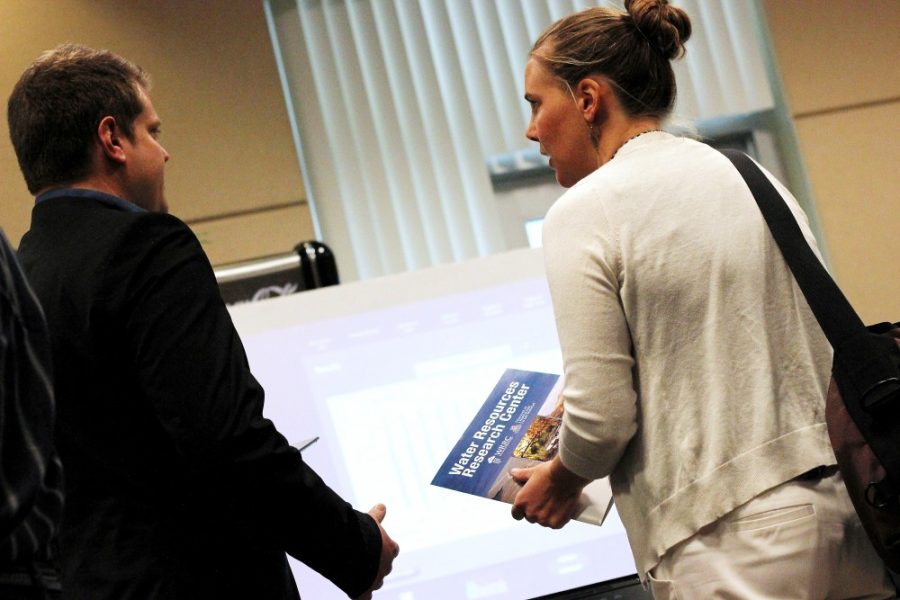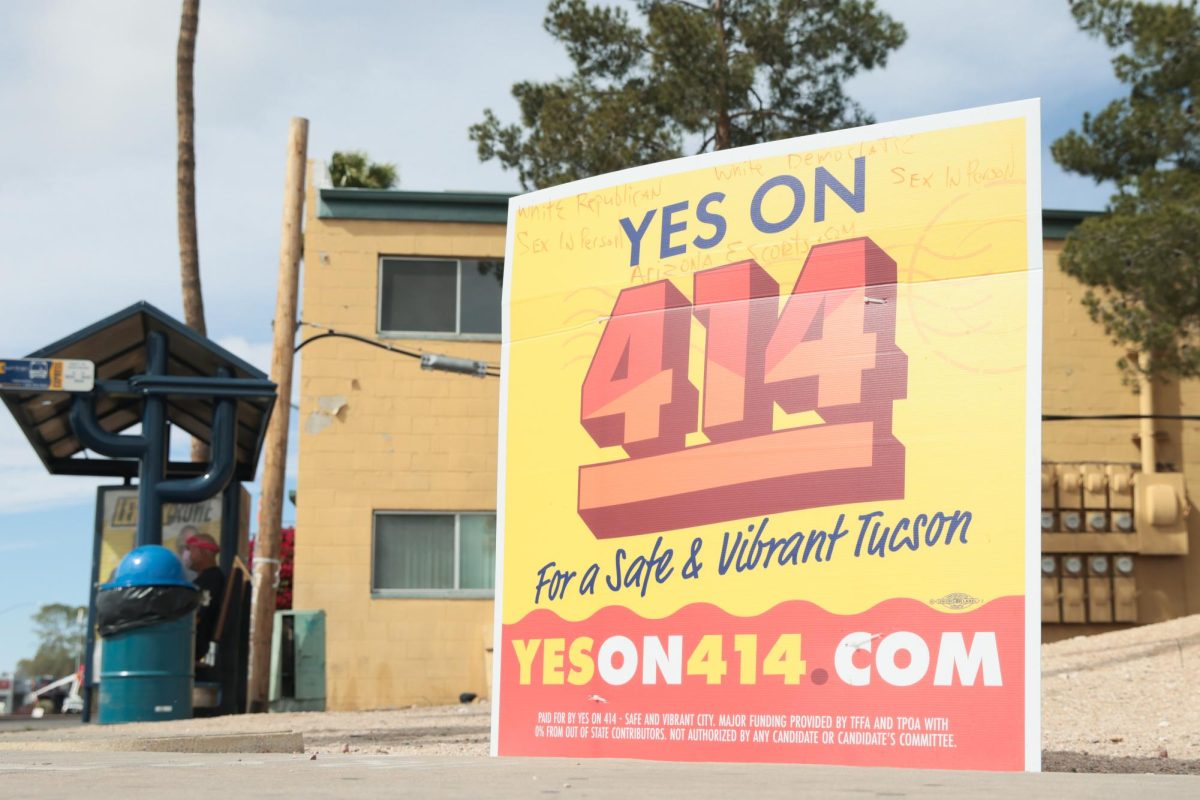The UA Water Resources Research Center held its annual conference titled “Closing the Gap Between Water Supply and Demand” on Tuesday.
At the conference, a panel of speakers from groups around the state of Arizona weighed in on what is being done to address the water issue in Arizona.
Tom Davis, the general manager for the Yuma County Water Users’ Association, outlined the ways in which Yuma farmers were efficiently using water resources and concluded that genetically modified organisms would be necessary for the farmers to save more water.
“If you want agriculture to use less water, if you’re trying somehow to squeeze water out of agriculture to use somewhere else or to make up this gap … you’re going to have to go to GMOs,” Davis said. “Then you can begin to ask agriculture for some more water.”
Davis presented data to show that for most crops aside from citrus, farmers are not using more water than they need to keep the crops alive. Davis explained that citrus is grown in sandy soil, which does not hold water well, so more water is needed.
“The whole story here is that the irrigation methods that we are using in the Yuma valley are just pretty darn close to being as efficient as we can be,” Davis said. “If our farmers can be any more efficient, they will be.”
Bruce Hallin, the director of the Water Rights and Contracts for the Salt River Project, represented the power industry in the panel. While he acknowledged that water is a necessary component in power production, he asked the audience to also consider energy that is needed to provide communities with water.
Hallin said energy is needed at every point in our interaction with water: storage in and recovery from aquifers, the movement of water, its cleaning in waste management facilities and more.
John Kmiec, the utilities director for the town of Marana, spoke on the obstacles Tucson has faced with its water supply in the past, as well as the ways it is improving today.
Kmiec said Tucson has developed projects to change the dynamics of its water situation and has taken advantage of the infrastructure it already has in place to increase its effectiveness and efficiency.
“The important takeaway message from this is how municipal providers have been working together historically since 1980 in the Tucson [Active Management Area] and how we continue to work together moving forward,” Kmiec said.








